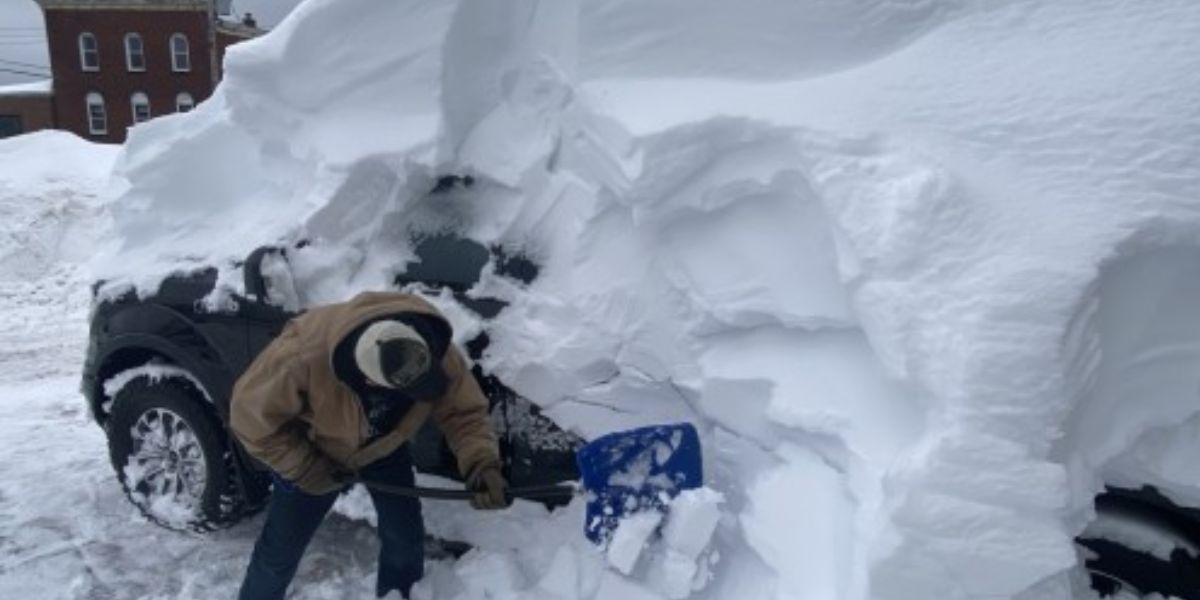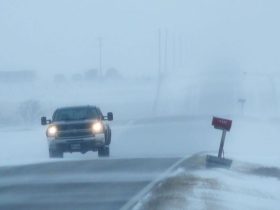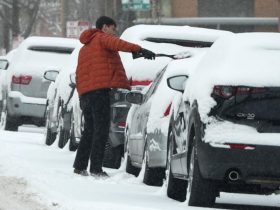WPBN: In the vast majority of the United States, not just Central Florida, the cold weather is already starting to set in. A deadly and unpredictable storm season has just ended.
What, however, is shared by the two seasonal phases? Our ENSO, or whether we are experiencing an El Niño or a La Niña, greatly influences them.
A large portion of the local population in Florida dislikes cold weather. We all need a little respite from what seems like record-breaking heat and unbelievably high humidity levels. Naturally, however, many Floridians still desire the ability to enjoy outdoor activities, such as hiking, dining al fresco, and beach time.
Many of us, particularly during the holiday season, also like the cooler temps. Thanksgiving Day was rather mild, but right after it, another dome of frigid air swept across the state like a tidal wave.
How does all of this affect your overall outlook for the next winter months? Let’s examine the science a little more.
Even though the El Niño Southern Oscillation, or ENSO, is solely determined by ocean temperatures in the Pacific regions nearest to the equator, it has a significant impact on global weather patterns. What happens in the Pacific Ocean can have an impact on people in Florida, Canada, Europe, Africa, and even Siberia, as well as on anybody watching our stream or video.
In specifically, the El Niño Southern Oscillation affects and influences both warm and cold weather throughout the northern hemisphere.
By altering the course of specific jet streams, air masses, and so-called “semi-permanent” pressure centers, it achieves this. semi-permanent, which means that a low or high pressure system will remain in that same approximate area for the majority of the year, possibly with the exception of occasional periods of strengthening or weakening.
Why is it that events in Africa, Siberia, or any other part of the world are important to us in Florida?
All weather exhibits waves or cycles. One day, North America’s pattern will unavoidably follow the pattern over Asia. The jet streams that circle the Earth’s highest latitudes are also endless and continuous throughout the globe.
It makes you think of the saying, “What goes around comes around.”
ENSO enters the picture at this point. Intense conditions are seen in the Southeast during an El Niño winter, which we had the “pleasure” of seeing last year. One of our primary jet branches, the subtropical component, becomes more powerful during an El Niño. It crosses a large portion of Northern Mexico, the southern plains, and the Southeast United States before dipping far to the south.
Storm systems, which are regions of low pressure that assist move air and temperatures around the nation, are bred by the jet. This explains why north Florida had many tornado outbreaks, severe weather events, and strong storms.
A gradual shift toward a La Niña does not completely rule this out. However, it does have a significant impact in the future. We might experience longer stretches of drier air, brighter skies, and, unavoidably, drought in place of clouds, rain, and colder temperatures.
The drought factor is one of the most significant short-term factors. Despite what the storm season gave us, we need be ready for dry spells to prevent running out of water and losing our lawns, gardens, and plants.
Additionally, the gradual transition into a La Niña won’t last. As strange as it sounds, we will probably emerge from La Niña and return to a rather neutral trend in time for the 2025 hurricane season. There will be more on that later.
More Weather Coverage:











Leave a Reply